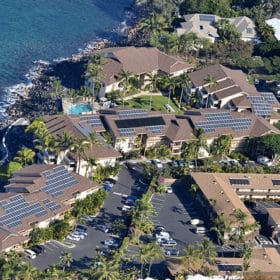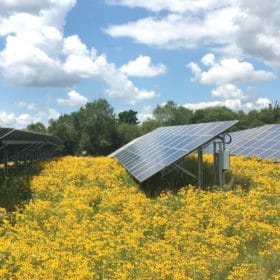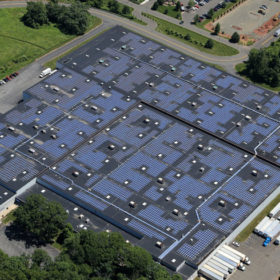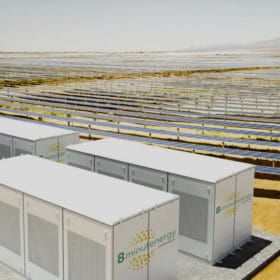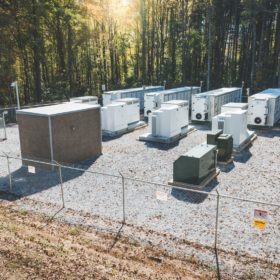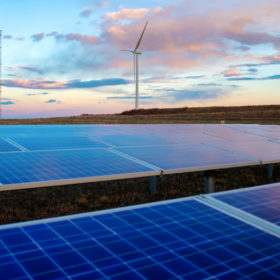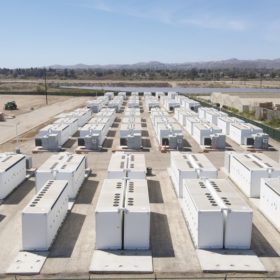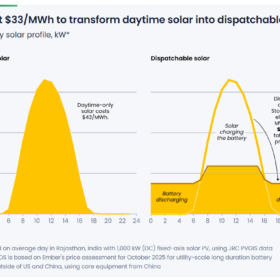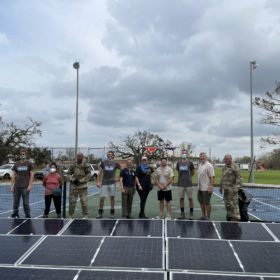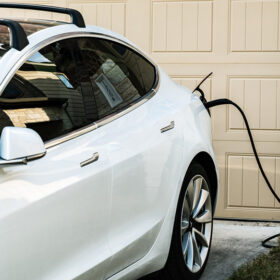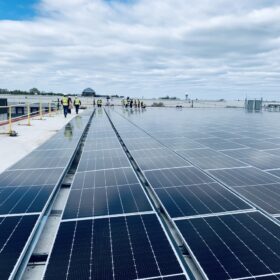A deep dive into Lazard’s LCOE report
The report raised concerns over future pricing stability and product availability as demand for battery products increases.
Which crops pair well with solar? Illinois study aims to find out
Rapidly falling price of solar panels has created an impetus for the construction of solar fields, which is often perceived as competing with crop production.
Sunrise brief: 50-year solar? Here’s how the numbers may work
Also on the rise: NREL points to energy efficiency as a good substitute for energy storage, and a salary survey finds a widening pay gap between women and men in the solar sector.
New tech recovers pure silicon from end-of-life solar cells
The technique is reported to be able to deliver recycled silicon with a purity of up to 99.9984%.
Energy efficiency is a good substitute for long-term storage, NREL study says
Reducing building energy usage by about 60% is key to a least-cost 100% renewable energy grid, the study found.
Sunrise brief: U.S. module supply risk is ‘material,’ warns analyst firm
Also on the rise: SEIA urges an end to Section 201 tariffs on solar imports, CATL signs a battery deal with startup EV maker Fisker, and Solar Landscape wins 46 community solar projects in New Jersey.
When oversized is really the right size
Researchers concluded that wind and solar generation resources that were sized at 1.5x along with three hours of energy storage would meet all but 200 hours of demand scattered throughout any given year.
Honeywell, Duke Energy partner on flow battery test project
The battery, which uses an electrolyte to convert chemical energy into electricity for storage and deployment, will begin testing in 2022 at Duke Energy’s Emerging Technology and Innovation Center in Mount Holly, North Carolina.
Watch: Solar panels blasted with sound to better understand microcracking
Researchers at NREL and EPRI focused heavy bass sounds on solar panels to simulate the effects of wind-caused deflection.
Early results of utility scale solar+storage revenue models
Adding batteries to solar increases revenue in different ways in different places.
